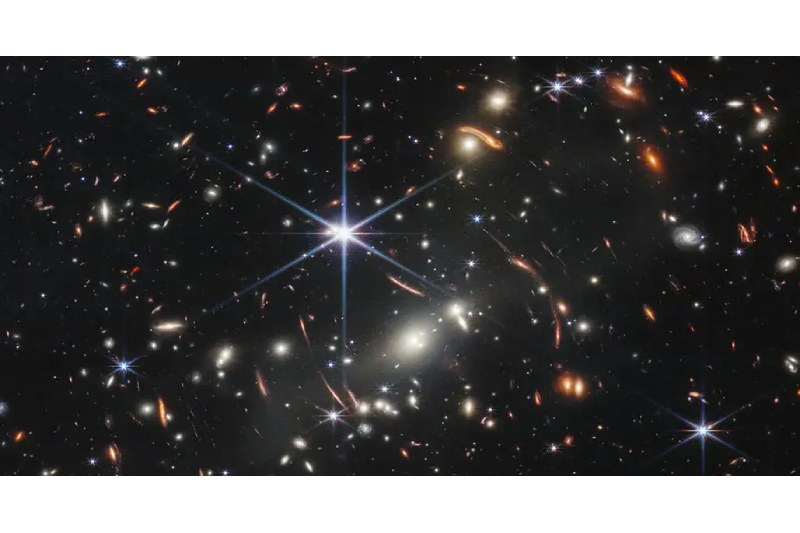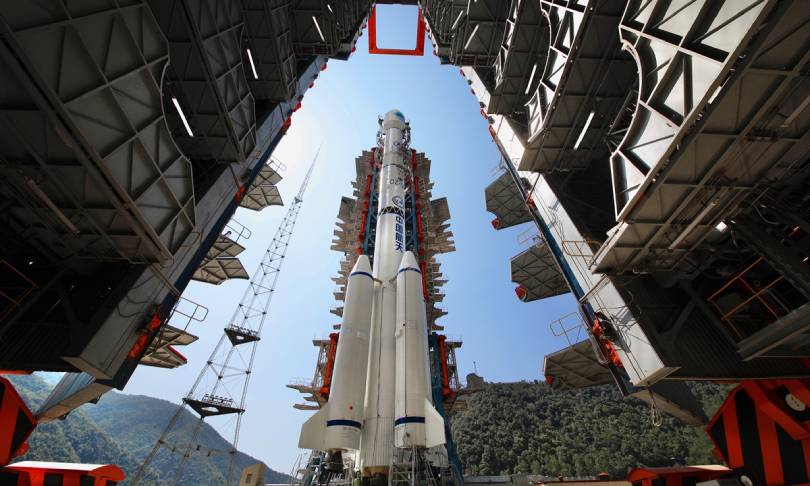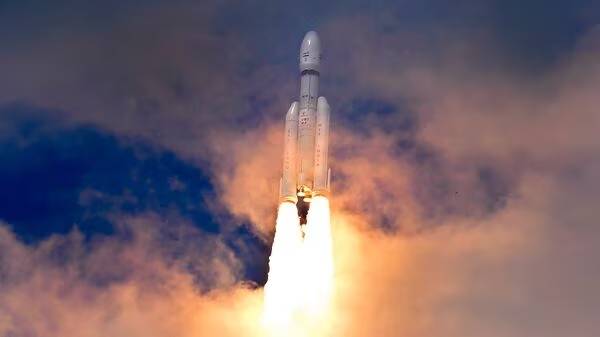Once again, data from the James Webb Space Telescope (JWST) suggests that the early cosmos was significantly more complicated than previously believed. This time, it has identified the telltale trace of carbon atoms in one of the oldest known galaxies, which formed only 350 million years after the Big Bang.
Professor Roberto Maiolino of the Kavli Institute stated, “Earlier research suggested that carbon started to form in large quantities relatively late – about one billion years after the Big Bang,” “But we’ve found that carbon formed much earlier – it might even be the oldest metal of all.”
Any element heavier than hydrogen or helium is referred to by astronomers as “metal,” hence it is surprising to see metals like carbon at such an early stage. In addition to being one of the elements necessary for life on Earth, carbon is also involved in the development of galaxies and solar systems. One of the elements that can build up in the protoplanetary disks surrounding stars and eventually snowball into planets, moons, and asteroids is this one.
However, the early onset of that process was unexpected by astronomers.
During the Cosmic Dawn era, when the earliest stars, also known as population-III stars, were born, the only abundant elements in the cosmos were hydrogen and helium. There were no heavier components at the time. They wouldn’t be noticeable until long after the first stars died since they could only form later, inside star cores.
Future star populations will be able to form rocky planets with more intriguing chemistry thanks to dying population-III stars that burst as supernovas release their heavier materials into space.
It is believed that the majority of the stars in the GS-z12 galaxy are second generation, having been formed from the remnants of those initial supernovas. The carbon-rich composition of the galaxy’s basic pieces surprised astronomers:
It was previously believed that the earliest stars produced far more oxygen than carbon, therefore Maiolino stated “We were surprised to see carbon so early in the universe, since it was thought that the earliest stars produced much more oxygen than carbon,” “We had thought that carbon was enriched much later, through entirely different processes, but the fact that it appears so early tells us that the very first stars may have operated very differently.”
Astronomers were able to identify all of the many wavelengths included in the light emanating from the faraway galaxy by dissecting it into its component pieces using JWST’s Near Infrared Spectrograph. Using spectroscopy, each element and chemical complex has a unique signature, and the signal for carbon was particularly strong. Additionally, there was a weaker signal for oxygen and neon, albeit they are still uncertain findings as of right now.
The topic of how carbon evolved before oxygen remains unanswered, but one theory suggests that models of population-III star supernovas should be reviewed by scientists. If the intensity of these supernovas was lower than previously believed, the carbon from the stars’ outer shells would be scattered, and the majority of the oxygen would be trapped inside the event horizon when the stars collapsed into black holes.
Whatever the mechanism, heavy atoms are now strongly suggested to have existed in the universe far earlier than previously thought. Unexpected information about the earliest galaxies is being made available by JWST, which will eventually strengthen scientific predictions about the universe’s evolution. What’s possibly most important of all is that it also explains the earliest stage of life creation.
Francesco D’Eugenio of the Kavli Institute stated, “These observations tell us that carbon can be enriched quickly in the early universe.” “And because carbon is fundamental to life as we know it, it’s not necessarily true that life must have evolved much later in the universe. Perhaps life emerged much earlier – although if there’s life elsewhere in the universe, it might have evolved very differently than it did here on Earth.”




